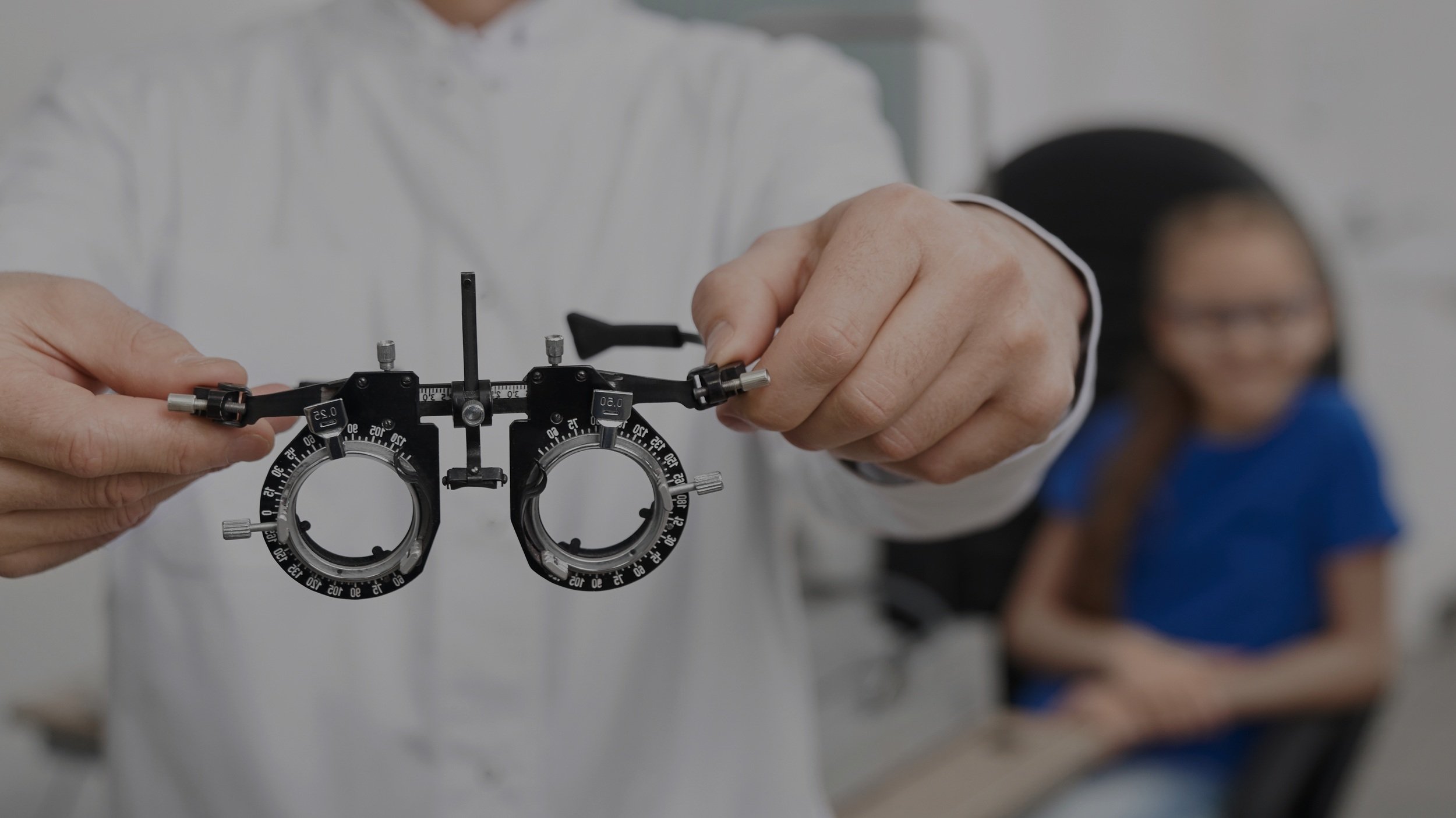
Children’s Vision FAQs
Q: At what ages should children have their eyes examined?
A: The recommended eye exam schedule for infants and children, according to the American and Canadian Optometric Associations, is as follows:
First eye exam at 6 months
Follow-up exam at 3 years
Exam before entering kindergarten
Vision checkup every 1-2 years for children without vision issues
Annual eye exam for children with vision correction
If your child is having difficulty in school or after-school activities, schedule an eye exam immediately.
Q: My child passed a vision screening by the nurse at school. Does he still need an eye exam?
A: Many schools conduct basic vision screening tests to assess distance vision, but they don't evaluate functional vision or eye health. These tests are limited, as they only check clarity at a distance. Comprehensive eye exams are essential to evaluate overall eye health, assess functional vision (such as focusing and tracking words), and test for color vision, depth perception, and eye coordination. Studies have shown that up to 43% of children with vision problems can pass a vision screening test.
Q: My child was diagnosed with strabismus and amblyopia. Can this be treated and if so, what are the options?
A: When strabismus and amblyopia are diagnosed early, proper treatment can lead to complete correction. The best age for treatment is before 8-10 years old. Surgery may be necessary for severe strabismus to realign the crossed eyes. Amblyopia can be treated with glasses, eye patches, or vision therapy to strengthen the weak eye. A pediatric optometrist can assess the condition and discuss treatment options.
Q: What is vision therapy?
A: Vision therapy is a doctor-supervised, individualized program of exercises to strengthen the functions of the eye. It is used to correct issues with eye alignment, focusing, coordination, tracking and more. Vision therapy often utilizes tools such as specialized lenses or prisms and involves exercises both during office visits and at home to reinforce the changes. The process usually takes about 6 months to see lasting improvement.
Q: My child’s nearsightedness keeps getting worse – needing a new prescription every year. Is there a way to stop this?
A: Research shows myopia control options like multifocal eyeglasses, ortho-k, or atropine eye drops can slow or stop childhood myopia. Consult a pediatric optometry specialist for more info.
Q: How can I make my child wear glasses without a struggle every morning?
A: Your child may need time to adjust to glasses and feel comfortable wearing them. Consider glasses with built-in headbands for younger children, as they can help keep the glasses in place. Consistently putting them on will help your child adapt. Sometimes, children refuse to wear glasses because they find them uncomfortable but can't express it. Check if the prescription, fit, or weight of the glasses are causing discomfort. If unsure, consult the eye doctor to ensure the glasses fit properly.
Q: At what age is it acceptable for a child to wear contact lenses?
A: Contact lenses are convenient for active kids prone to losing or breaking glasses, but require careful hygiene. Irresponsible handling can lead to infections or cornea damage. Consult an eye doctor for children aged 10-12 to determine suitability.
